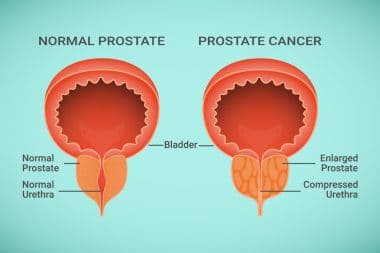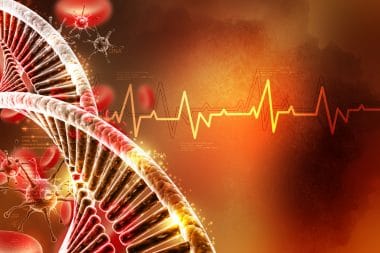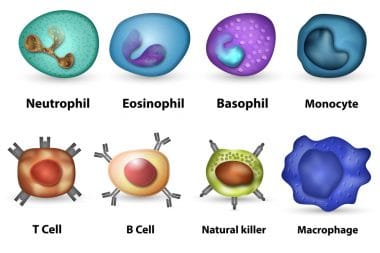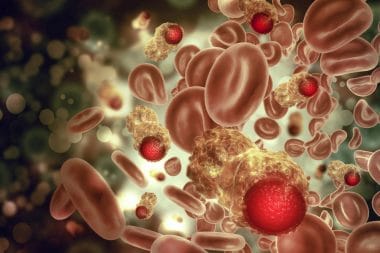According to the World Health Organization Factsheet, cancer is a main cause of death worldwide, killing 7.6 million people in 2008. The biggest killers were lung, breast, stomach, liver and colon cancer. While cancers can attack anyone, regardless of economic status, race or ethnicity, about 70 percents of cancer deaths in 2008 were in the low and middle income countries. One third of cancer deaths could have been prevented, since they were caused by unhealthy diet and lifestyles: obesity, lack of fruit and vegetables in diet, lack of physical activity, smoking and alcohol abuse.
Winning some, Losing some
American Cancer Society 2012 Facts and Figures report confirms that the Americans are sharing the general world trend in cancer mortality, with some important differences. Cancer and cancer mortality rates decreased for several types of cancer in the USA.
-
Very successful anti-smoking campaign resulted in the decline is the number of people dying of lung cancer.
-
Regular screening and the increased use of Human Papilloma Virus vaccine resulted in the decline in colorectal and cervical cancer and the resulting morality.
-
New knowledge about the Helicobacter pylori virus resulted in better food storage practices, improved hygiene and decline in the number of related stomach cancer deaths.
-
We can thank for the recent decline in prostate cancer deaths to the regular prostate-specific antigen screening.
-
Breast cancer rates declined by seven percent in 2003 after new information became available that the hormone replacement therapy increased the risk for breast cancer.
While we are winning a battle against cancer deaths on some fronts, all new fronts are emerging, some deadly. Several new cancers are emerging as rapidly growing in numbers. Oropharyngeal cancer; melanoma of the skin, esophageal adenocarcinoma, cancers of the pancreas, thyroid cancer, kidney cancer, liver cancer, cancer of the intrahepatic bile duct, and cancer of kidney and renal pelvis. Some of these cancers are directly linked to the lifestyle: Esophageal adenocarcinoma is directly linked to obesity, smokers are at much larger risk of HPV-related oropharynx, kidney & renal pelvis cancers. Liver & intrahepatic bile duct cancers are linked to the alcohol abuse. Skin cancer is linked to exposure to the sun rays.
What can we expect?
The American Cancer Society report predicts that about 135,000 men and 110,000 women will be diagnosed with cancer in 2012. Many will die, particularly because of the increase in the incidence of esophageal adenocarcinoma and cancers of the pancreas and liver, which have very poor survival rate. As the population of the country is ageing, more people will be diagnosed with cancer, which affects people over 50 in larger numbers. It is expected that there will be 2.6 million new cancer patients in the USA by 2050.
Can Cancer Be Prevented?
In 2012, about 577,190 Americans will die of cancer. That is about 1,500 people every day. Many of these deaths are preventable and therefore unnecessary. About 173,200 deaths from cancer will be due to tobacco use. One-third of the 2012 cancer deaths will be due to obesity, lack of physical activity, and bad nutrition. Simple measures such as sun exposure protection could prevent almost two million cancer cases.
People who are diagnosed with cancer in the USA can count on excellent medical care, advanced technology and highly trained physicians to keep them alive. In most of the world, cancer is a death sentence. While a lot more can be done to improve availability of medical care, technology available for screening, medication and therapies, and there is a lot of research still to be done, there is a lot we can do to improve our own cancer odds and to avoid being part of the cancer mortality statistics. Changing lifestyle is the first place to start.







Reply